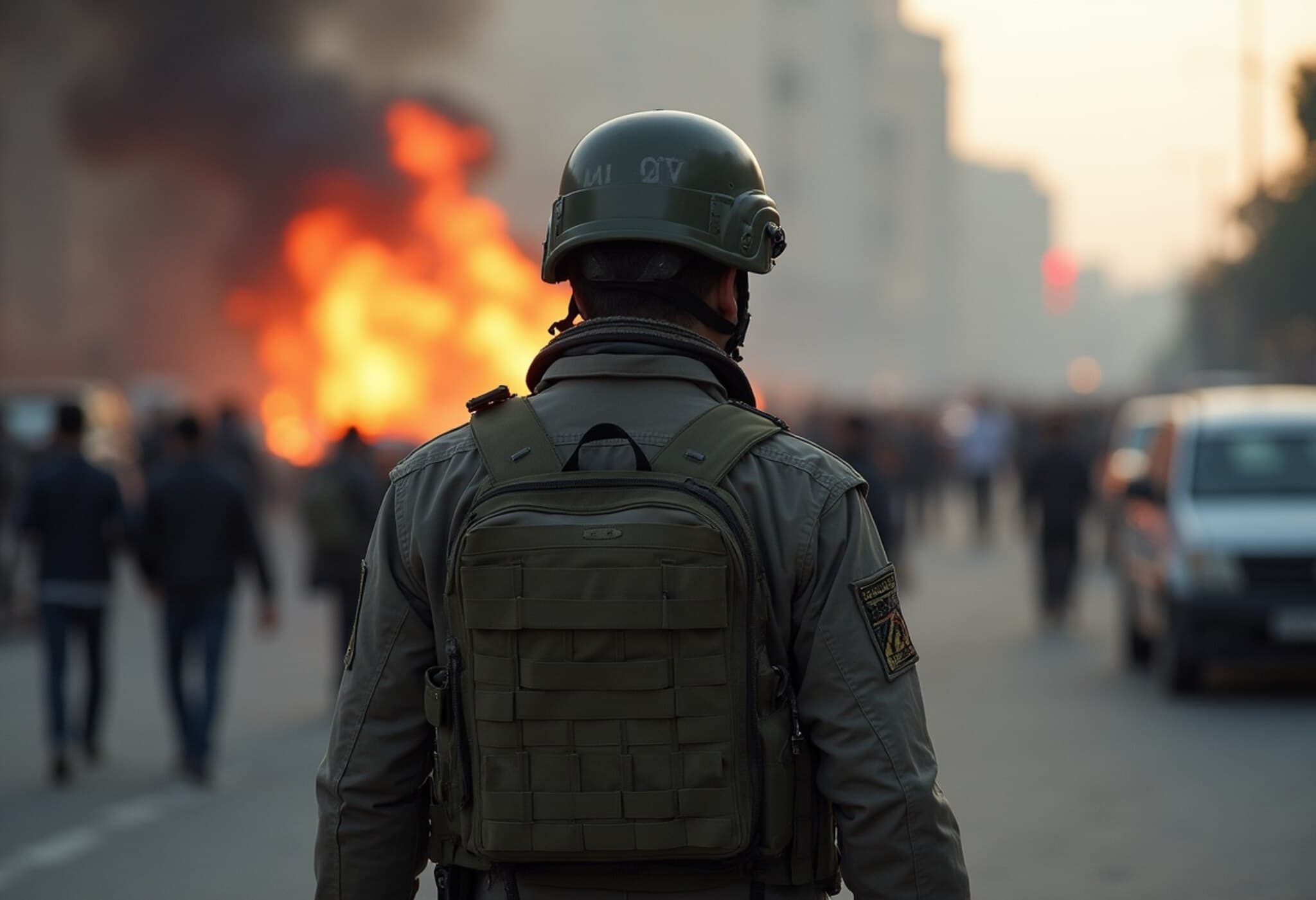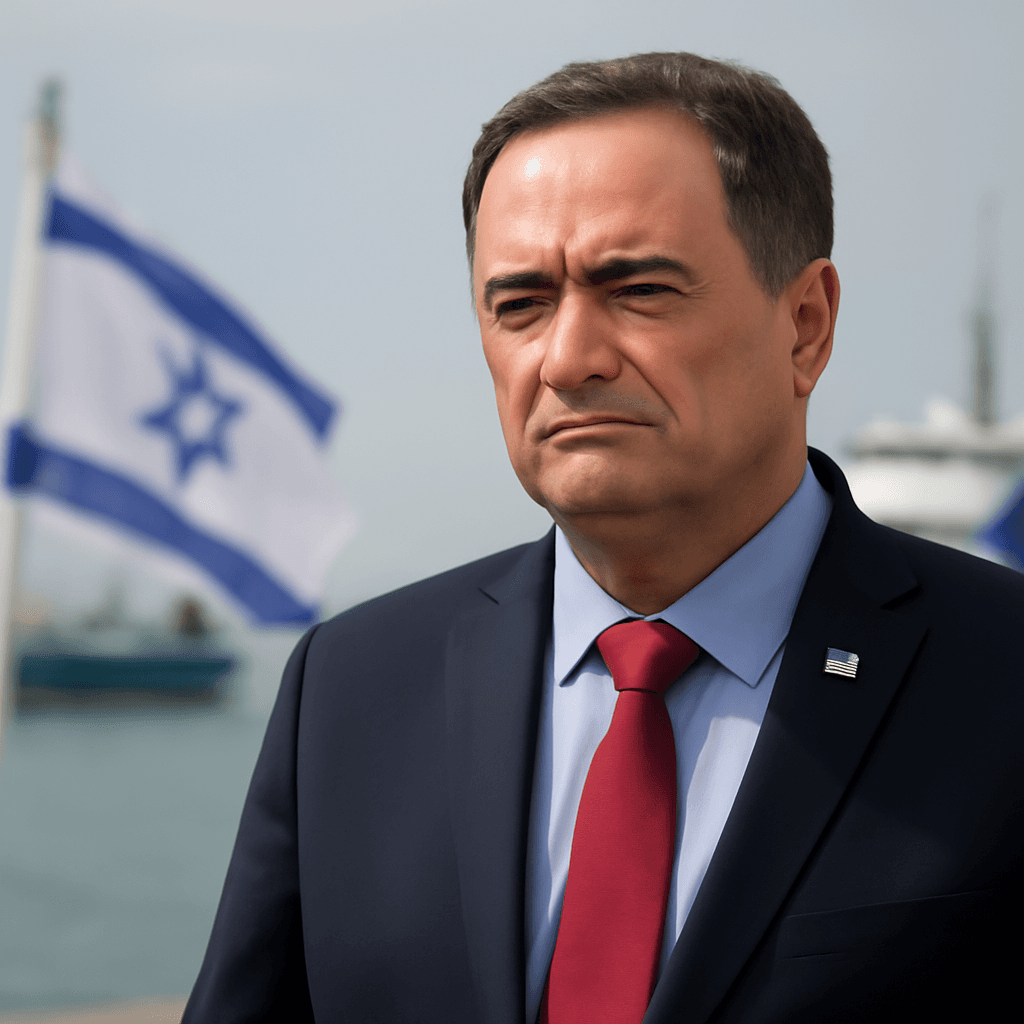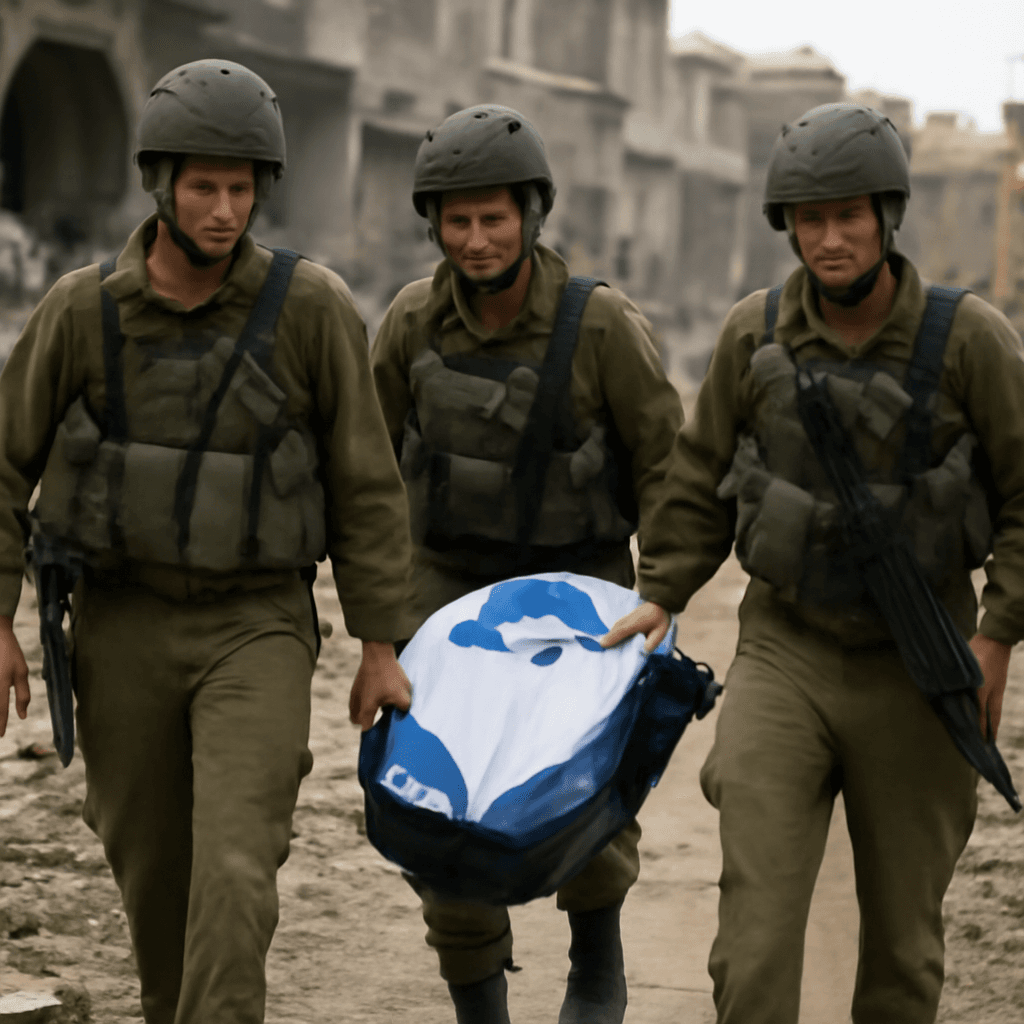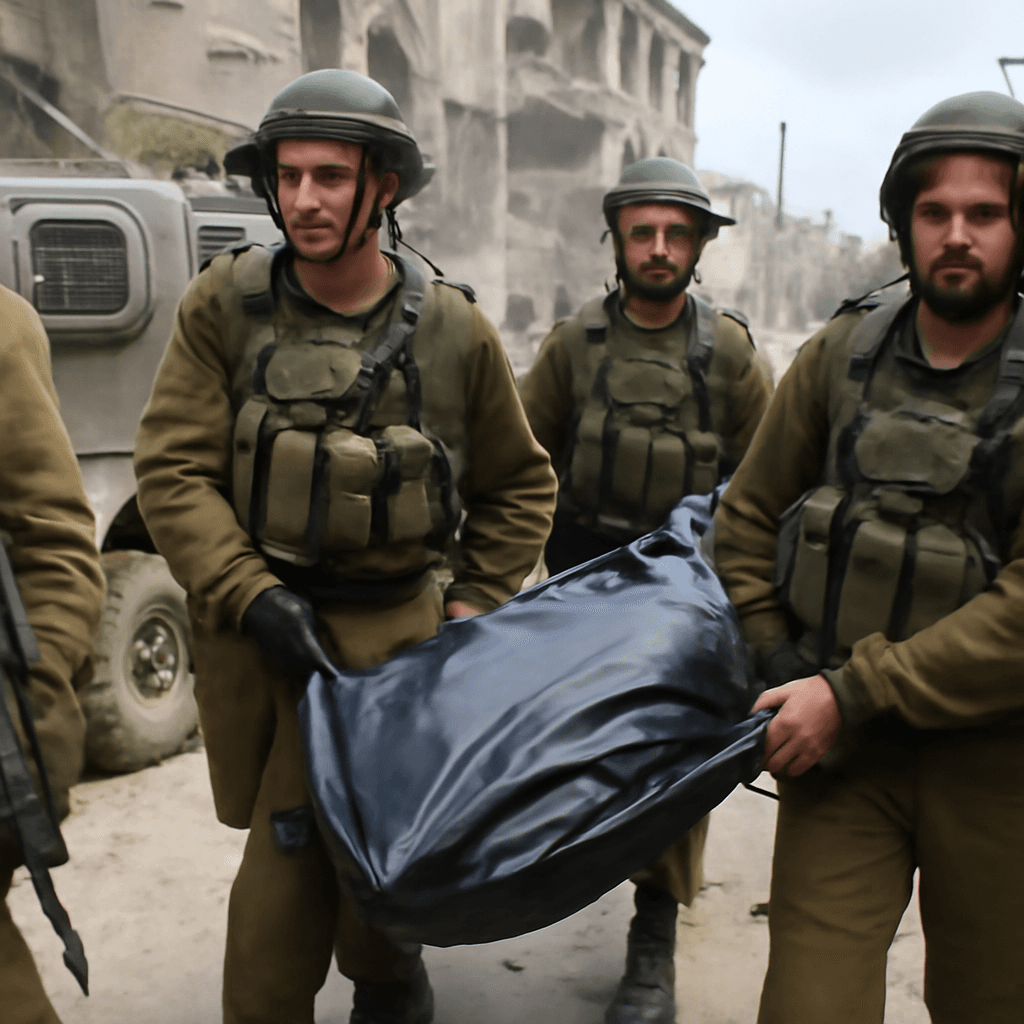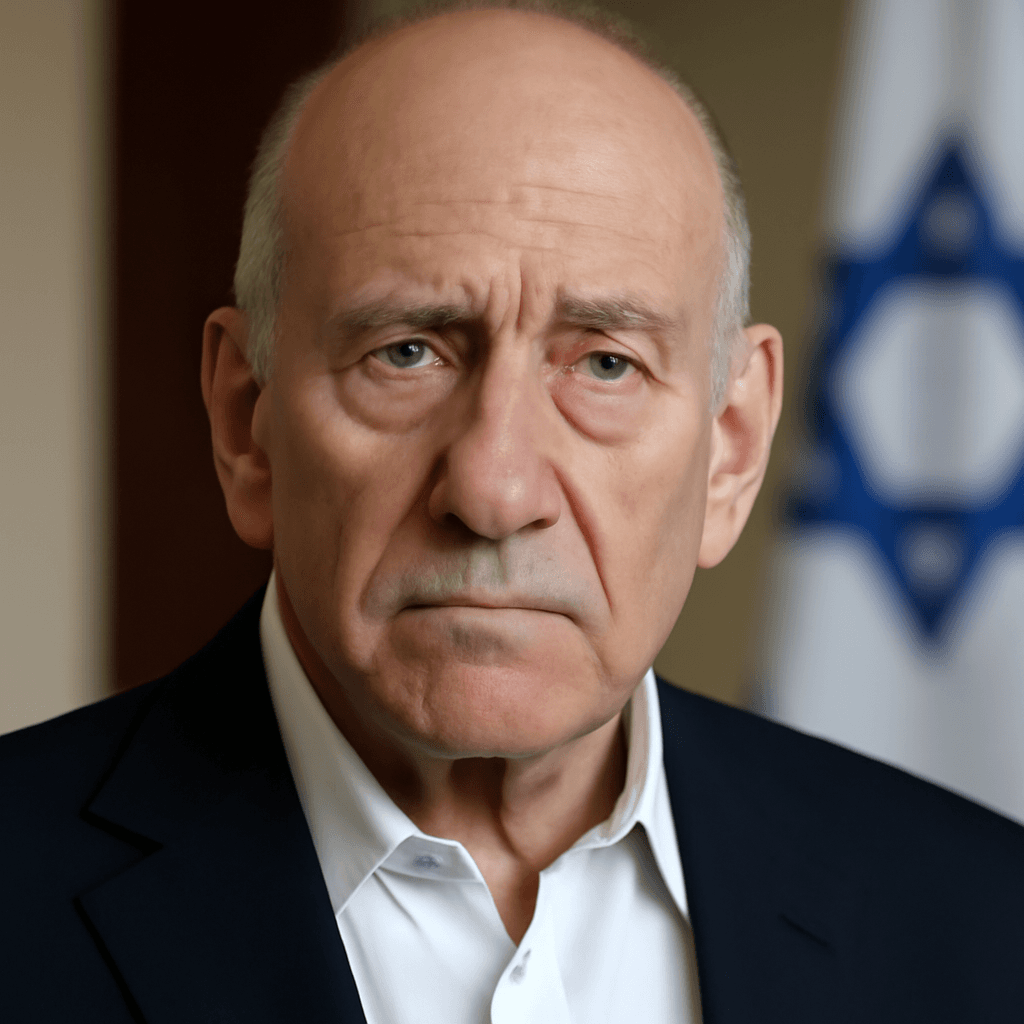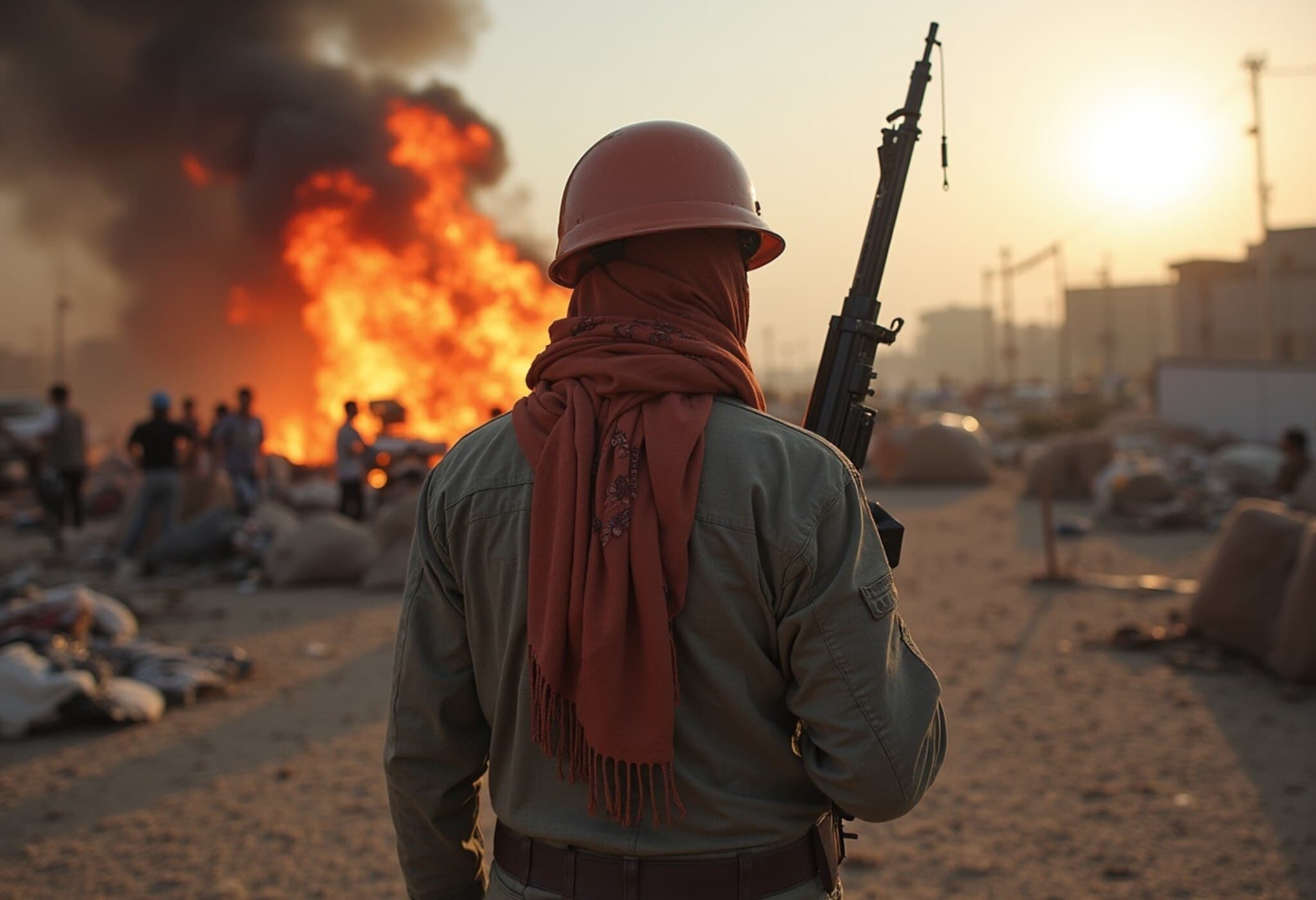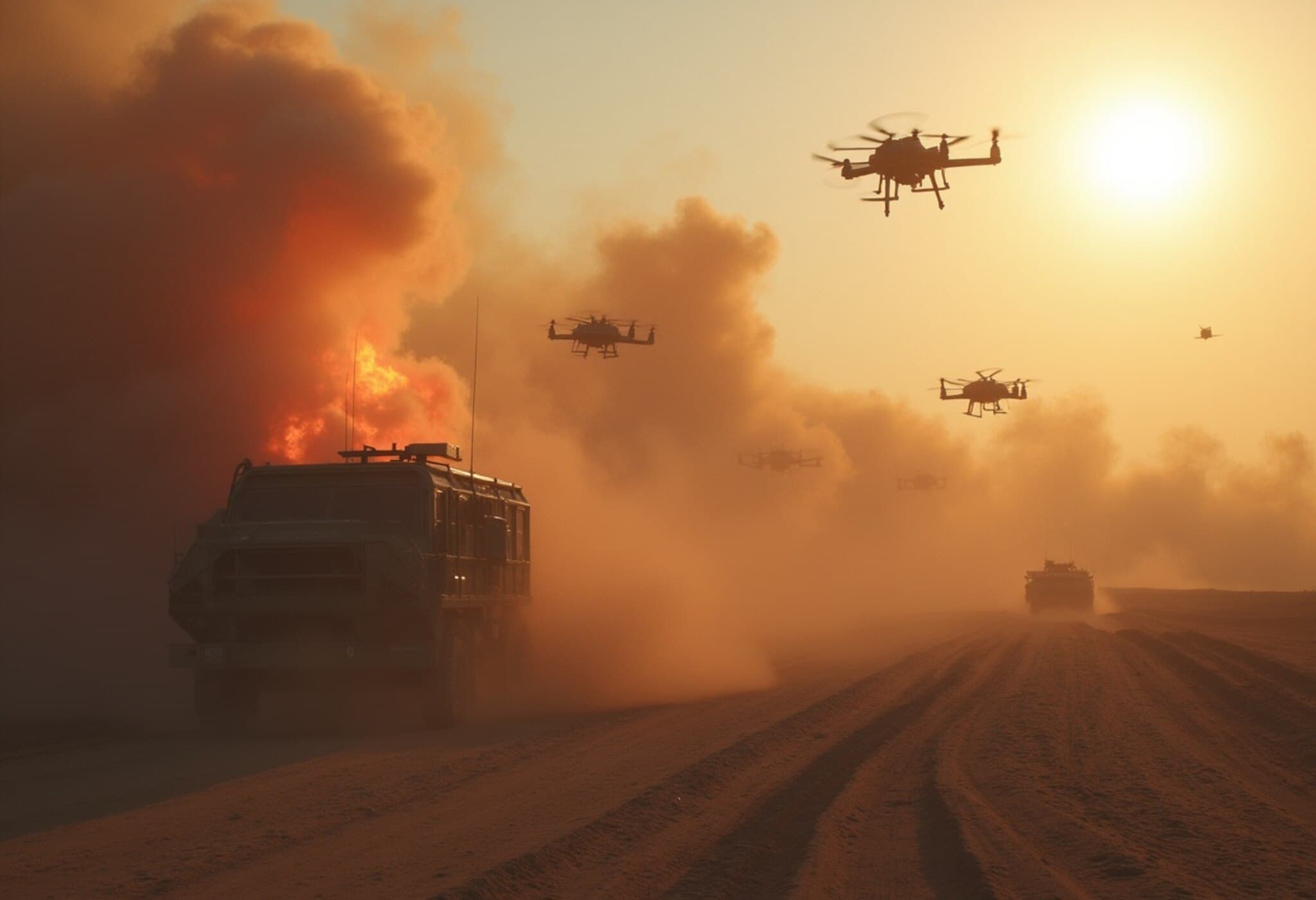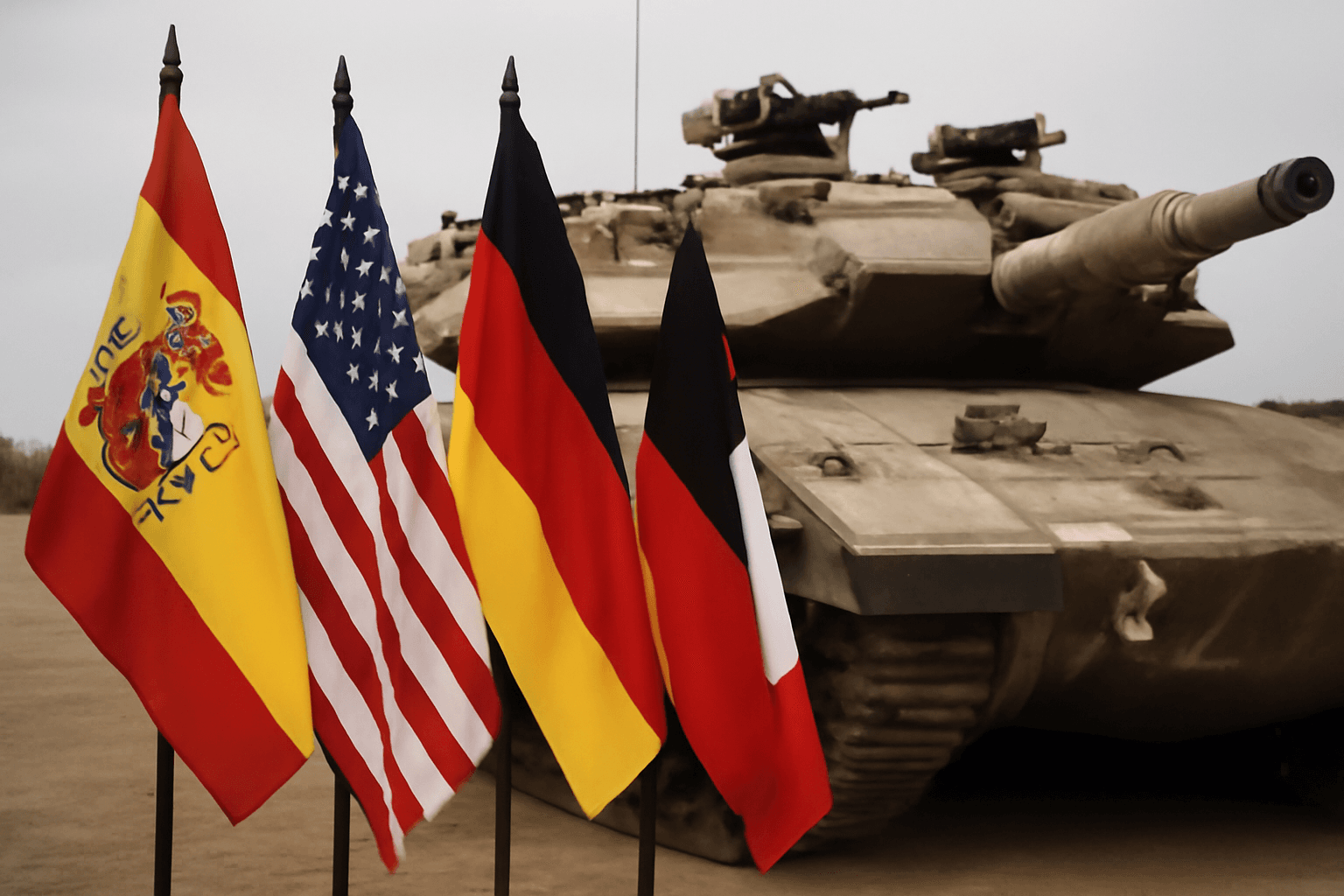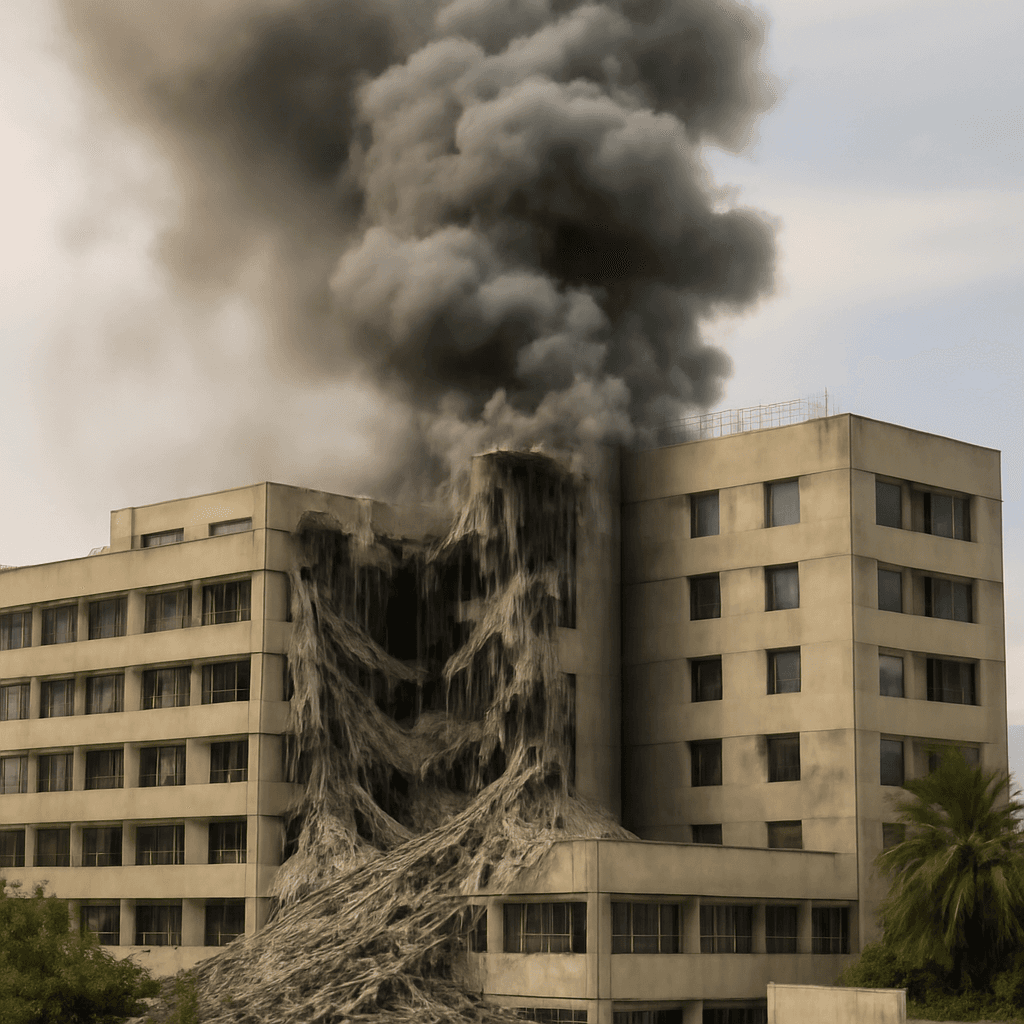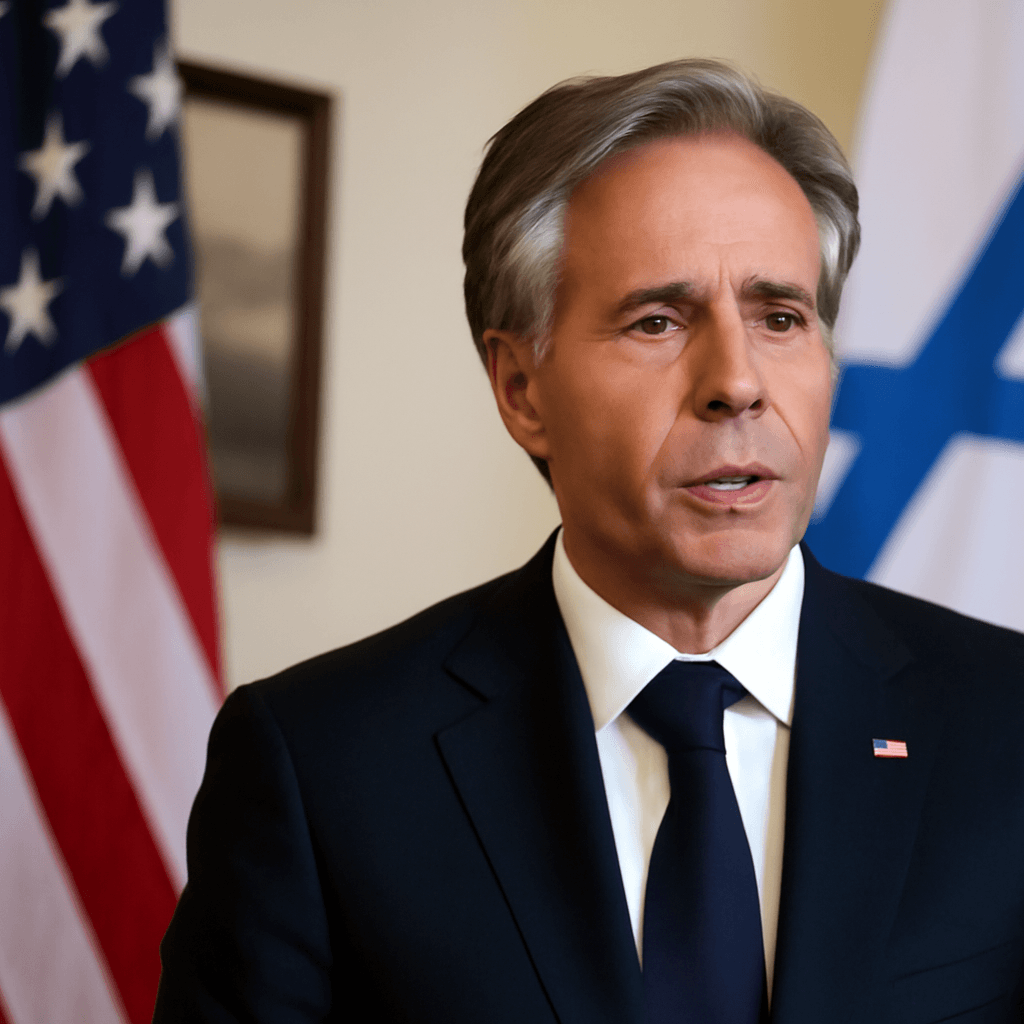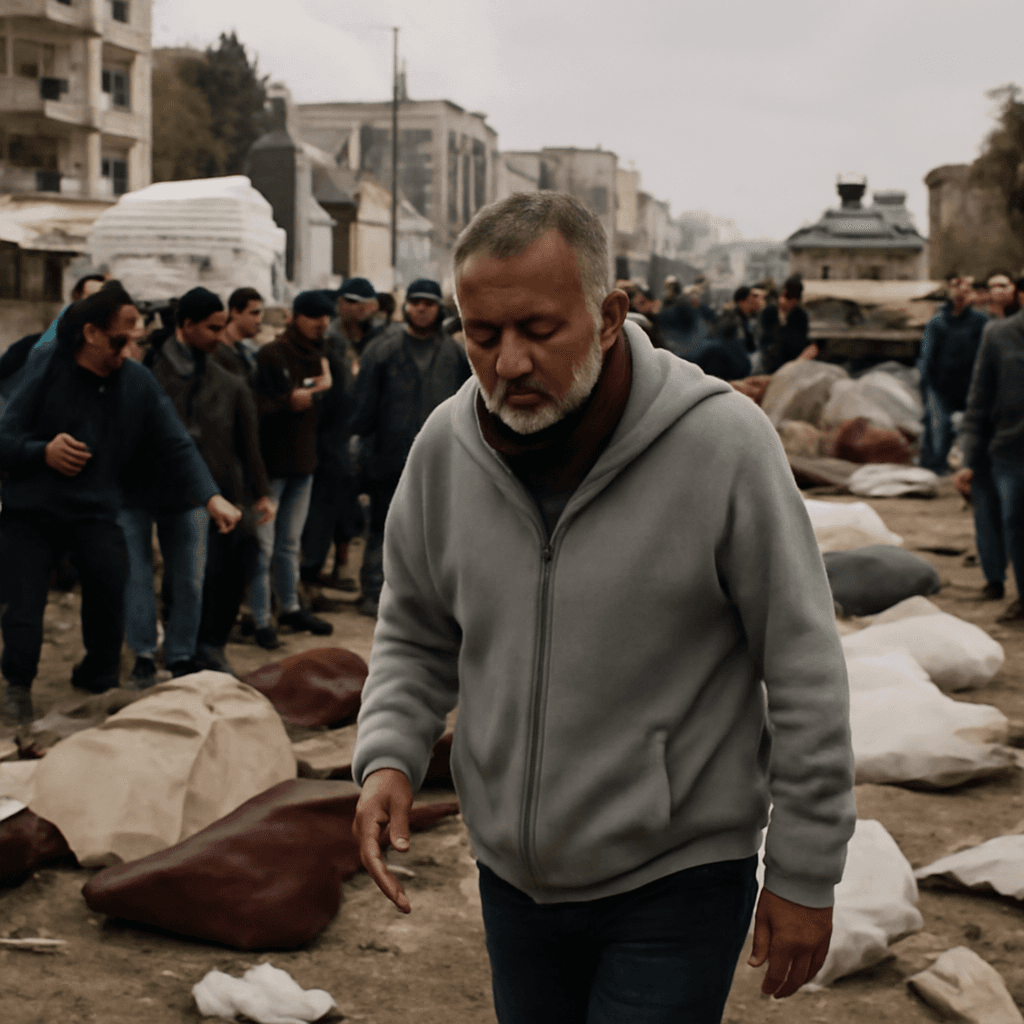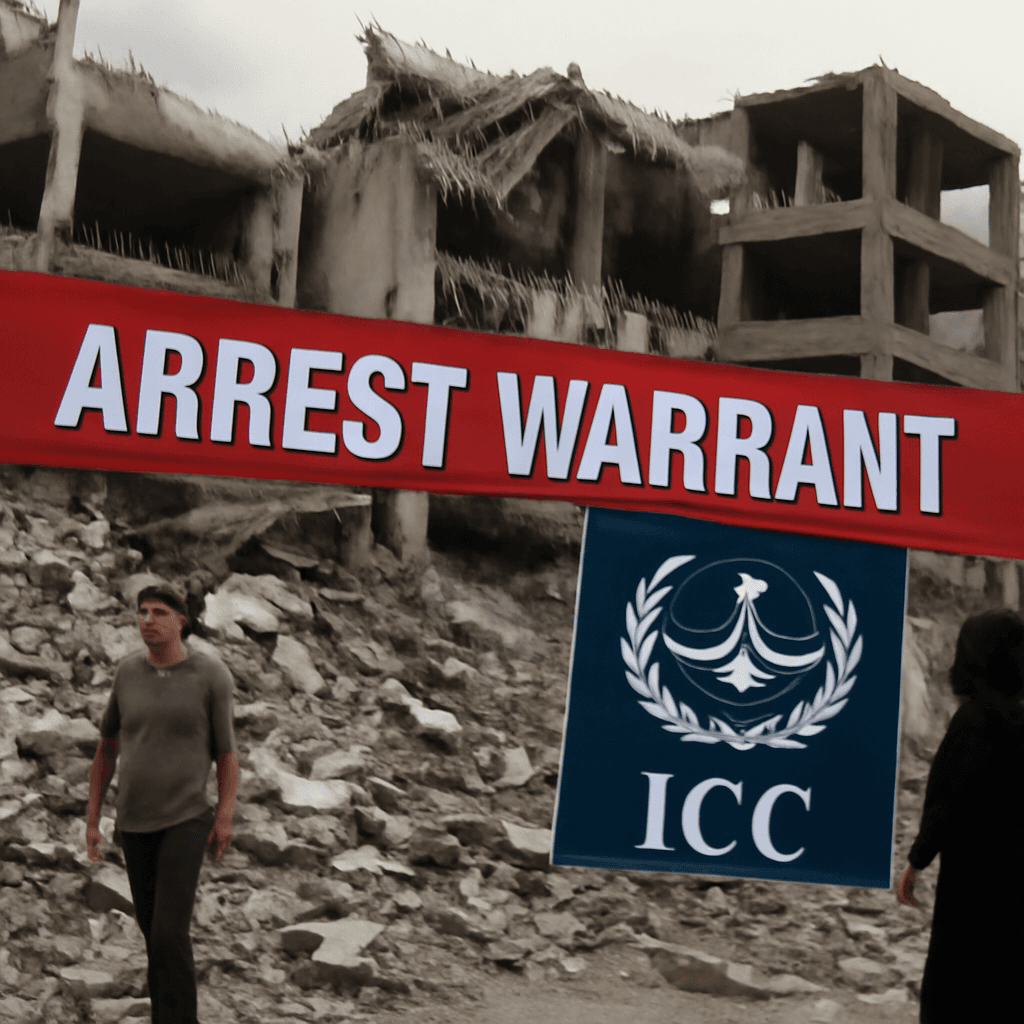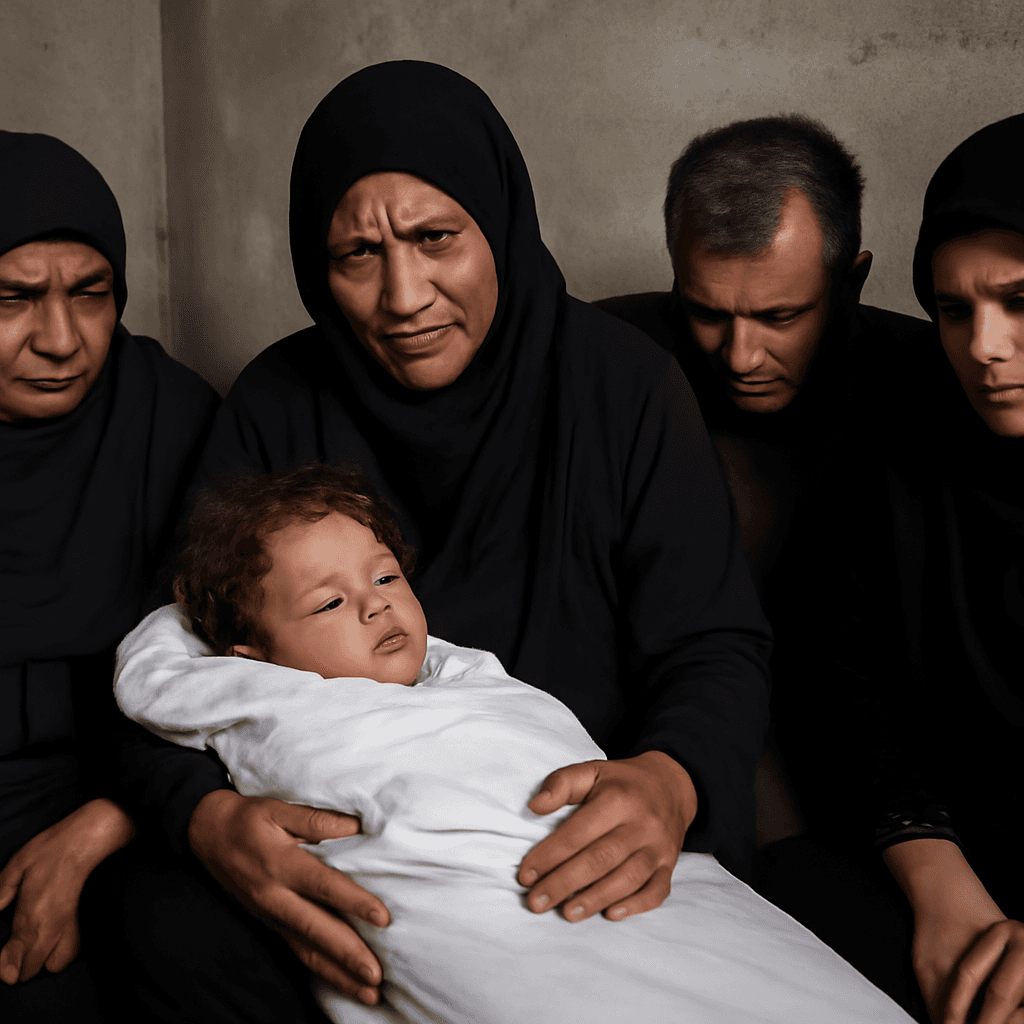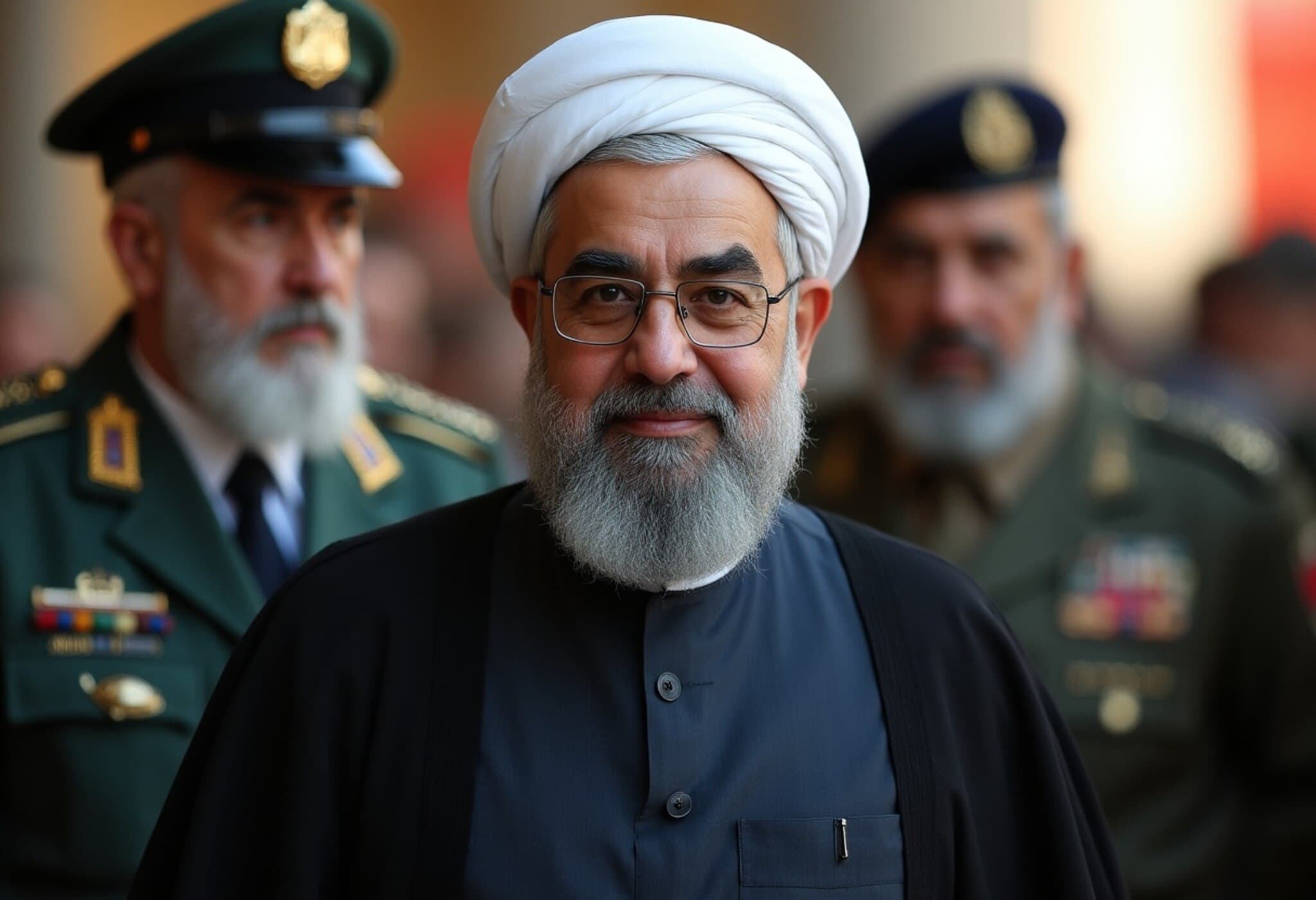Fatal Strike on Gaza City Claims Lives of Six Journalists
In a devastating blow to press freedom amidst ongoing conflict, Israel's military has reported the deaths of six journalists following an airstrike in Gaza City. The Israeli Defense Forces (IDF) justified the strike by alleging that one of the journalists targeted was also the leader of a Hamas cell operating within the area.
Context and Controversy Surrounding the Incident
This incident, occurring on August 11, 2025, raises urgent questions about the blurred lines between combatants and civilians in densely populated conflict zones. Journalists have long faced heightened risks in Gaza, where media professionals often operate close to frontline areas to document the realities of war.
While Israel asserts that legitimate military targets were engaged, human rights organizations and press freedom advocates express deep concern over the loss of civilian lives and the potential suppression of independent journalism. The dual role ascribed to one of the victims—a journalist purportedly involved in militant activities—further complicates the narrative and challenges international norms protecting journalists.
Expert Insights: The Broader Implications for Media Safety and Conflict Reporting
Dr. Helen Martinez, a veteran analyst in media law and conflict zones, notes, "These tragic events underline a worrying trend where journalists are increasingly caught in the crossfire or targeted due to alleged affiliations. Upholding the sanctity of press freedom is critical, even amidst security concerns. The international community must rigorously verify such claims to prevent misuse of military force against the media."
Regionally, this strike disrupts the fragile balance between Israel and Palestinian territories, with media coverage playing a pivotal role in shaping global perceptions. The deaths of six journalists not only curtail the flow of information but also could deter on-the-ground reporting, leaving critical gaps in eyewitness accounts.
Underreported Perspectives and Critical Questions
- Verification of Claims: What evidence supports the IDF’s assertion that one journalist was a Hamas cell leader, and how transparent is the investigation process?
- Protection Measures: What mechanisms exist, or should be implemented, to safeguard journalists operating in conflict zones like Gaza?
- Impact on Journalism: How will this event affect the willingness of journalists to cover volatile regions, potentially limiting independent reporting?
Looking Ahead: Media, Conflict, and Accountability
As tensions persist, the deadly strike highlights the urgent need for stronger international protocols ensuring the safety of journalists and stricter accountability for military actions in contested areas. Independent investigations and transparent dialogue between involved parties remain essential to uphold human rights and press freedoms in volatile environments.
Editor's Note
This tragic loss of six journalists in Gaza serves as a stark reminder of the dangerous realities faced by frontline reporters. It challenges us to reflect on the delicate balance between security imperatives and the fundamental right to free, independent journalism. As the conflict unfolds, the need for rigorous scrutiny, increased protections, and global advocacy for press safety grows more critical than ever.

